
Announced earlier today, the Government of Canada has revealed the latest batch of Canada Research Chairs (CRC’s), and eleven of them are right here at the University of Alberta. Recognized for their efforts to help further strengthen Canada’s competitiveness, quality of life, and cultivation of the next generation, each of these CRC’s is set to see their efforts highlighted at the national level.
Congratulations to the following new and renewed CRC’s:
Tongwen Chen — Faculty of Engineering
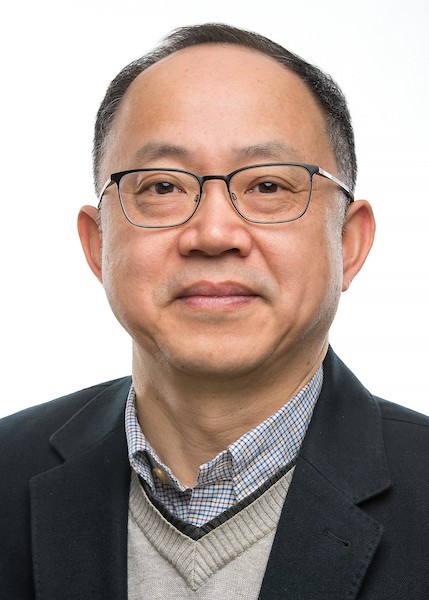
Tongwen Chen’s research program focuses on developing a unified paradigm for analysis and design of event-driven control systems. Such systems present tremendous challenges for control engineers and designers because of the interactions among control, computation and communication components, and inclusion of both time- and event-driven mechanisms. This research program will discover effective alarm solutions for plant operators monitoring abnormal situations, and will investigate systematic methodologies for better control and estimation, incorporating event-driven mechanisms, distributed computing, communication constraints and cybersecurity.
Warren Finlay — Faculty of Engineering
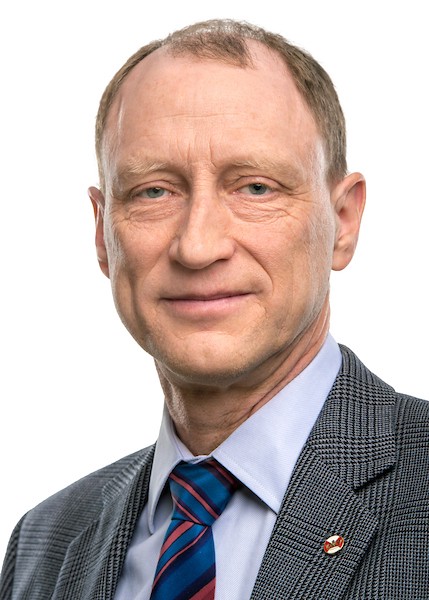
Warren Finlay’s research will explore new methods to assess what happens to particles entering the respiratory tract. Currently, researchers must use in vivo models to determine the efficacy of their delivery methods. Through his research, Finlay will develop a replica airway model to overcome many current challenges to research in the field. He’ll also provide feedback to other researchers, enabling them to work with the greatest possible accuracy, leading to the development of more efficient and effective nasal aerosol and spray products, such as inhalers and nasal sprays, as well as the delivery of oxygen, for example. The work will also assist in determining risk from potentially toxic environmental aerosols and consumer products.
Hao Liang — Faculty of Engineering
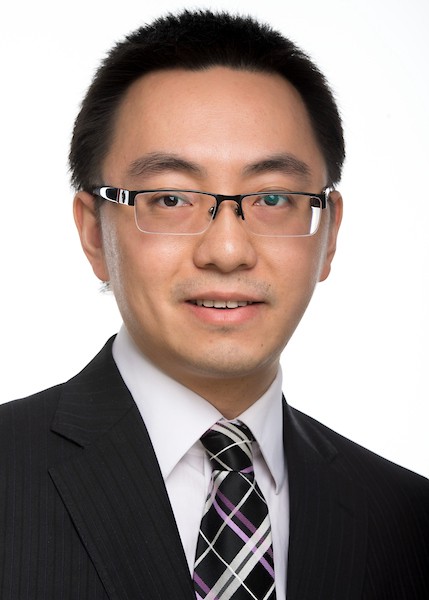
In the foreseeable future, energy will continue to be the backbone of Canadian economy. Dr. Liang’s research program is interdisciplinary in nature with a special focus on leveraging advanced information and communication technology to facilitate the efficient, reliable, sustainable and secure operation of energy systems. In particular, new mathematical tools will be developed to optimize the operation of energy systems with various energy sources. Innovative networking algorithms will be designed for information exchange among energy converters to improve the efficiency and reliability of energy conversion. In addition, cyber-physical security measures will be devised to protect energy systems from malicious attacks.
Chris Dennison — Faculty of Engineering
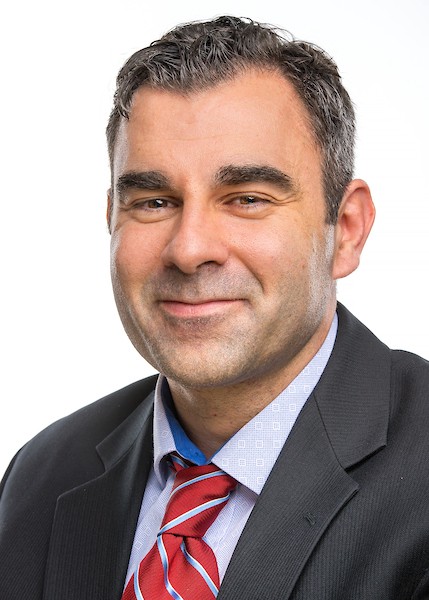
The ability of protective equipment such as helmets to prevent trauma injury is a key research topic in the field of biomechanics — and is exactly what Christopher Dennison focuses on. As Canada Research Chair in Biomedical Instrumentation, Dennison is developing and applying new tools to study injury biomechanics, with a special focus on the head, brain and neck.
Engineers use biomechanics and instrumentation to better understand injury to the human body to design effective protective equipment. Dennison’s Biomedical Instrumentation Lab applies primarily experimental methods and models to study how mechanical inputs like impact and blasts can affect the human body, to better understand potential injury and how protective equipment can or cannot protect us from impact and blast injury.
Aminah Robinson Fayek — Faculty of Engineering
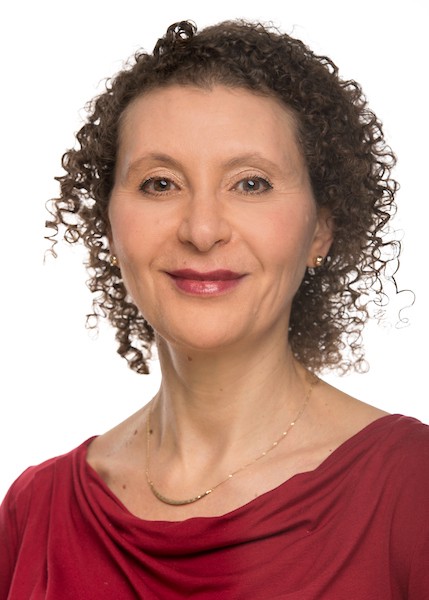
As Canada Research Chair in Fuzzy Hybrid Decision Support Systems for Construction, Aminah Robinson Fayek is harnessing artificial intelligence (AI) to capture expert construction knowledge, which can then be employed to increase decision-making accuracy and efficiency. Essentially she develops new ways to represent human decision-making in construction project planning, execution and control.
Fuzzy logic is an AI technique that represents expert knowledge and subjective reasoning mathematically. Robinson Fayek is combining fuzzy logic with other AI, machine learning and simulation techniques to create fuzzy hybrid techniques to enhance decision-making processes. The result will be decision support systems and software tools that improve construction sector performance.
Kimberley Mathot — Faculty of Science
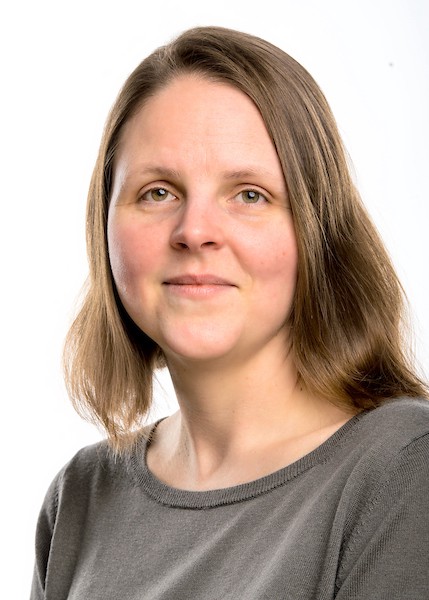
Information is necessary for animals to adapt and adjust their behaviour when conditions change. Yet, there is growing evidence that individuals differ consistently in how they value information over uncertainty. Using various approaches, Kimberley Mathot is working to understand how and why individuals differ in how they value and act on information, how information is shared within groups, and what value the information has in adapting and reducing uncertainty.
Mathot’s research will help us better understand the processes that shape complex patterns of phenotypic variation, which in turn will provide insights into the ability of individuals and populations to respond to changing environmental conditions.
Sarah Nadi — Faculty of Science
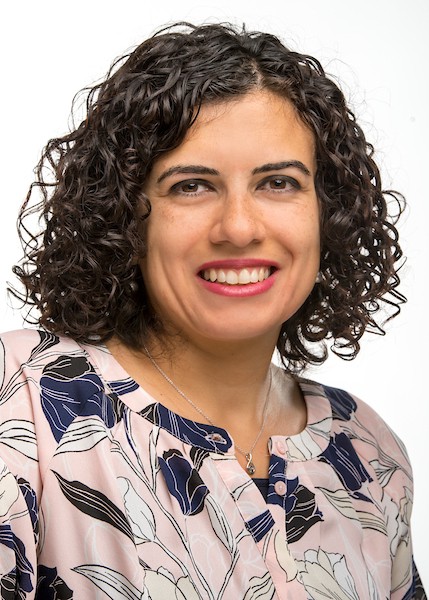
Sarah Nadi is helping software developers reuse existing code to create new software more efficiently. The pervasiveness of software in everyday products makes its reuse even more essential.
Software libraries provide software developers with a toolbox of high-quality programs and building blocks. But due to complexity and poor documentation, developers often incorrectly use libraries with serious consequences, such as costly bugs and security vulnerabilities. Nadi’s research aims to make using such libraries easier, faster and safer. She has her eyes on the future, curating a knowledge base that provides critical context for software reuse decisions. Nadi’s work ranges from software product lines and systematic software reuse to security APIs and code recommender systems.
Tony Qiu — Faculty of Engineering
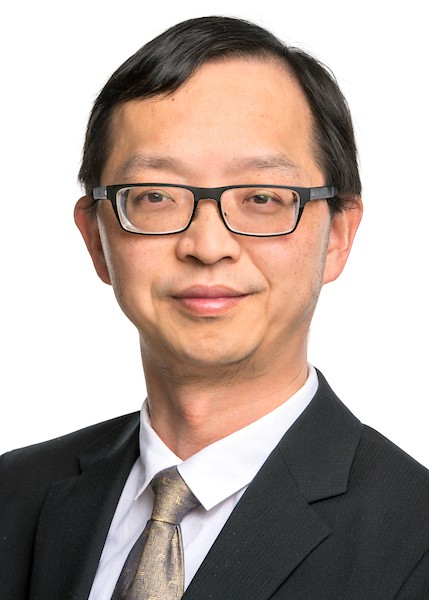
As Canada Research Chair in Cooperative Transportation Systems, Qiu is exploring methods of integrating connected vehicle technology with existing data sources and infrastructure to best assess and manage traffic. His research will address the benefits and challenges of connected vehicle implementation and its role within the greater traffic environment, using ACTIVE-AURORA — Canada’s first connected vehicle test-bed network. His vision is a fully connected and automated transportation system in which vehicles can “talk” directly with other vehicles and roadway infrastructure such as traffic lights. Wireless communication between vehicles and infrastructure, called connected vehicle technology, is key to the future of transportation with its ability to increase safety and efficiency.
Yang Liu — Faculty of Engineering
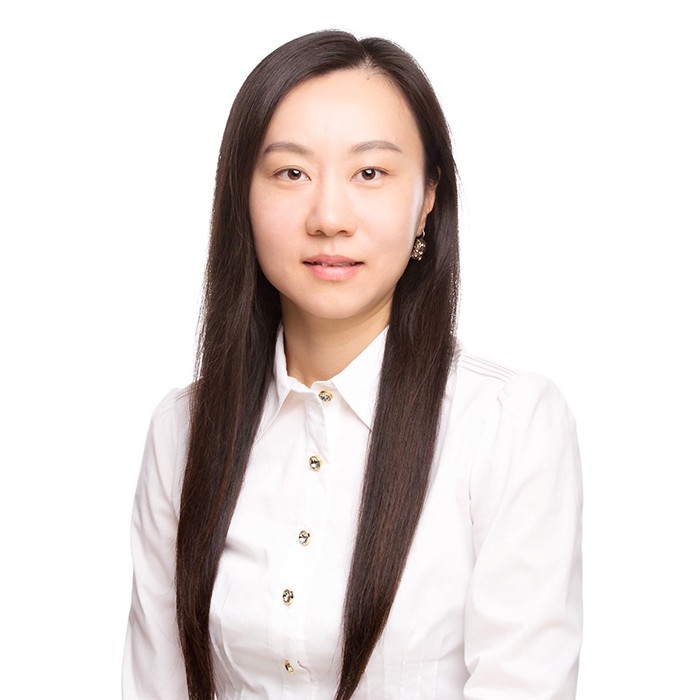
Other countries have responded to economic, environmental and societal pressures for more sustainable water management by developing source-diverted treatment systems. These systems, which are not yet established in North America, separate the collection and treatment of blackwater (toilet and kitchen food streams) from greywater (all other wastewater streams). However, before Canada can implement source-diverted systems, there are significant technological research gaps to be addressed.
Liu’s research team will help address these gaps, with a focus on improving biogas and nutrient recovery from blackwater and enhancing greywater treatment options for Canadian climate conditions. Research results will help inform industry and research leaders about feasible technologies for Canada’s climate and help guide future community water management practices.
Shannon Scott — Faculty of Nursing
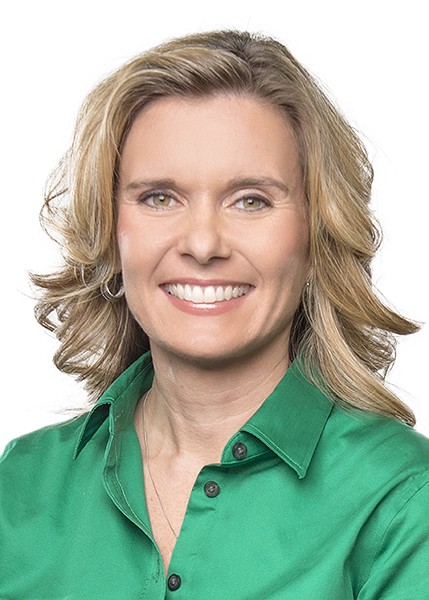
Although Canada is among the world’s most prosperous nations, health outcomes for Canadian children are surprisingly poor compared to other developed nations. While health systems and health-care professionals readily embrace technological innovation, they often resist changes that could narrow the gap between research and practice. Shannon Scott hopes to overcome this by developing and evaluating strategies that ensure the best available research is placed in the hands of those who influence children’s health — parents, families, health-care professionals, and decision-makers.
Scott aims to make it easier to understand how research on children is used or ignored, and to understand the factors that shape its use.
Clayton Deutsch — Faculty of Engineering
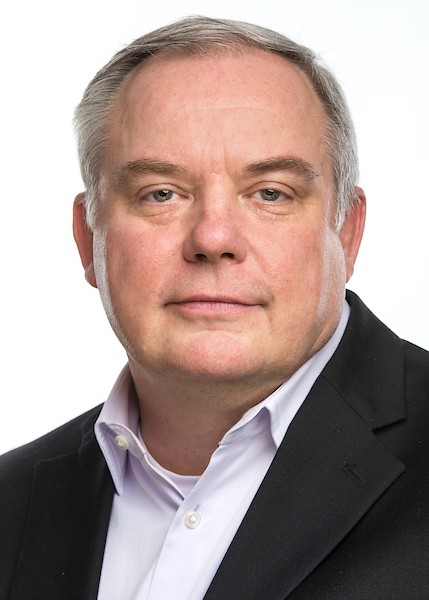
Managing petroleum reservoirs, mineral deposits and other natural sites requires precise understanding of this risk and uncertainty.
Clayton Deutsch aims to develop mathematical and computational methods to better quantify and manage this uncertainty. Deutsch knows decision makers need accurate measures of what they can or cannot expect to find. Though current techniques are evolving, they are far from exact, which is why he is trying to develop general geostatistical tools that can be applied. With the world becoming increasingly concerned about non-renewable natural resources and their environmental impact, Deutsch’s research could lead to more efficient means of natural resource development while lessening its environmental impacts — a win for both society and industry.